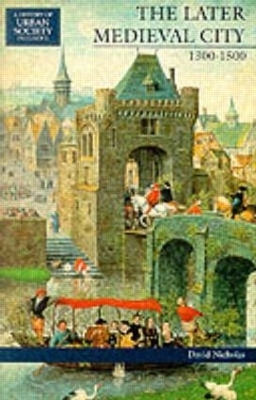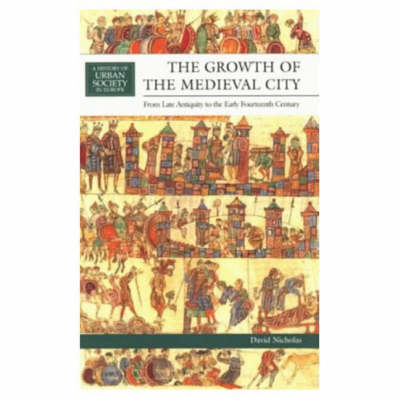A History of Urban Society in Europe
2 total works
This second volume deals with a much shorter period than the first - from the impact of the Black Death to the urban crises at the end of the medieval era - but the survival of fuller, richer and more varied records allows David Nicholas to get closer to the splendours and squalors of everyday life in the cities of the time. If the first volume is largely an account of a long process of urban renewal, this is in many ways a portrait of the later medieval city itself. He discusses urban government and social structure as they evolved in the wake of plagues, famines, trade disruptions and warfare. The book concludes with separate chapters on urban women, children and religious minorities, education and culture. The result is a vibrant portrait of the tenor of life in the late medieval city.
This is the first in a two-volume study of the medieval city. It traces the slow regeneration of urban life in the early-medieval period, showing where and how an urban tradition had survived from late antiquity, and when and why new urban communities began to form where there was no continuity. The book charts the different types and functions of the medieval city, its interdependence with the surrounding countryside, and its often difficult relations with secular authority. It concludes with the critical changes of the late-13th century that established an urban network that was strong enough to survive the plagues, famines and wars of the 14th and 15th centuries.

